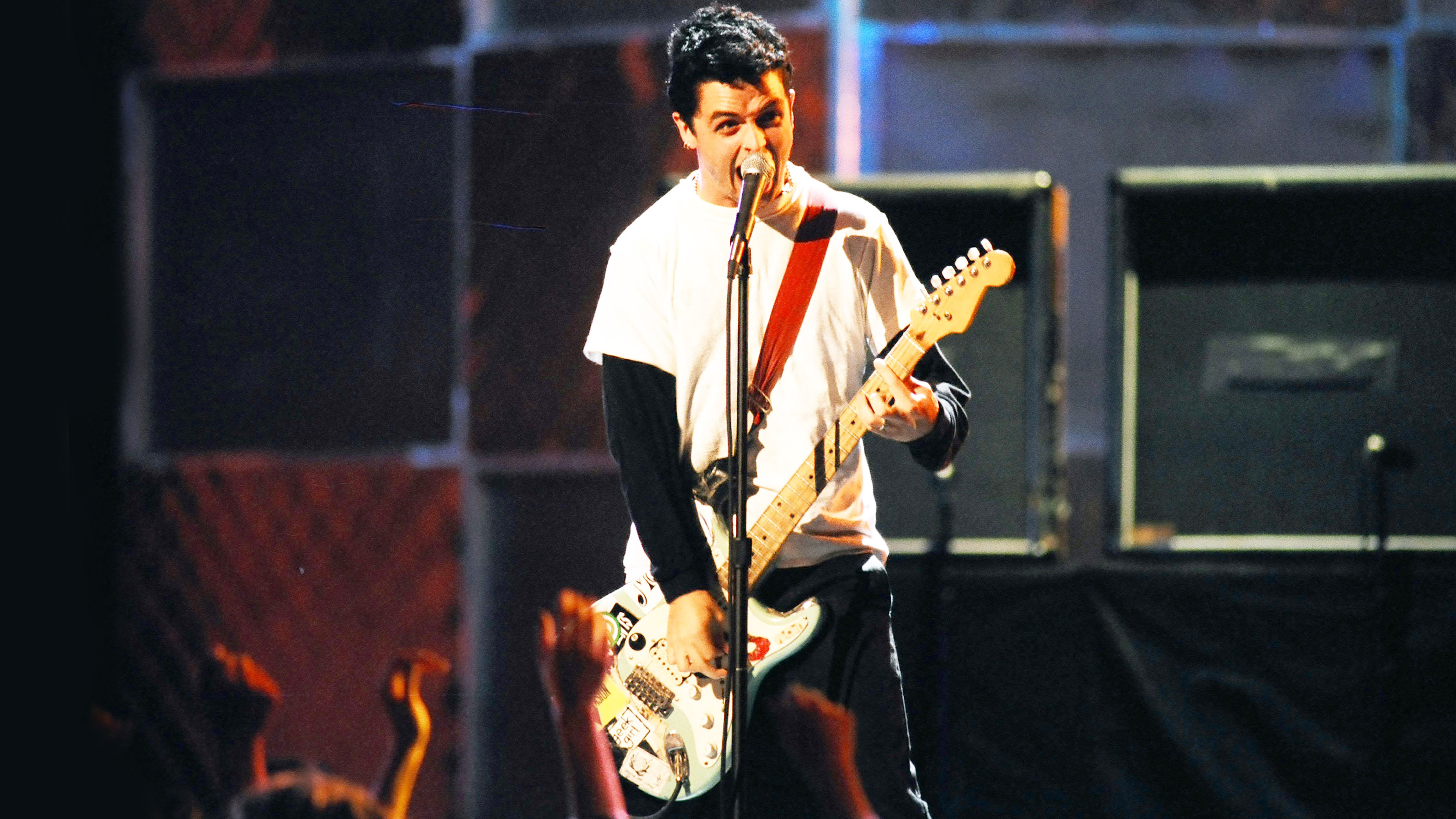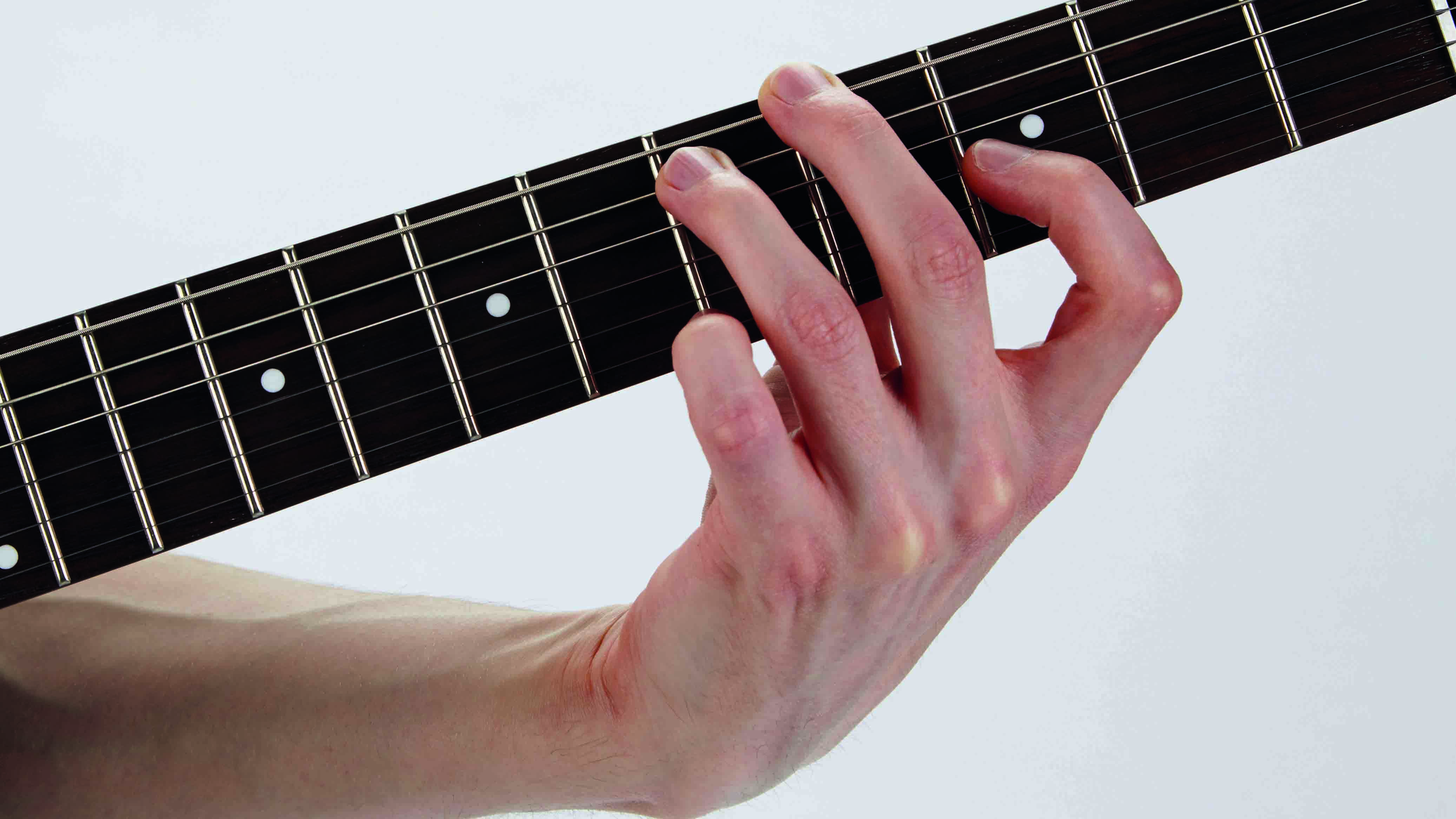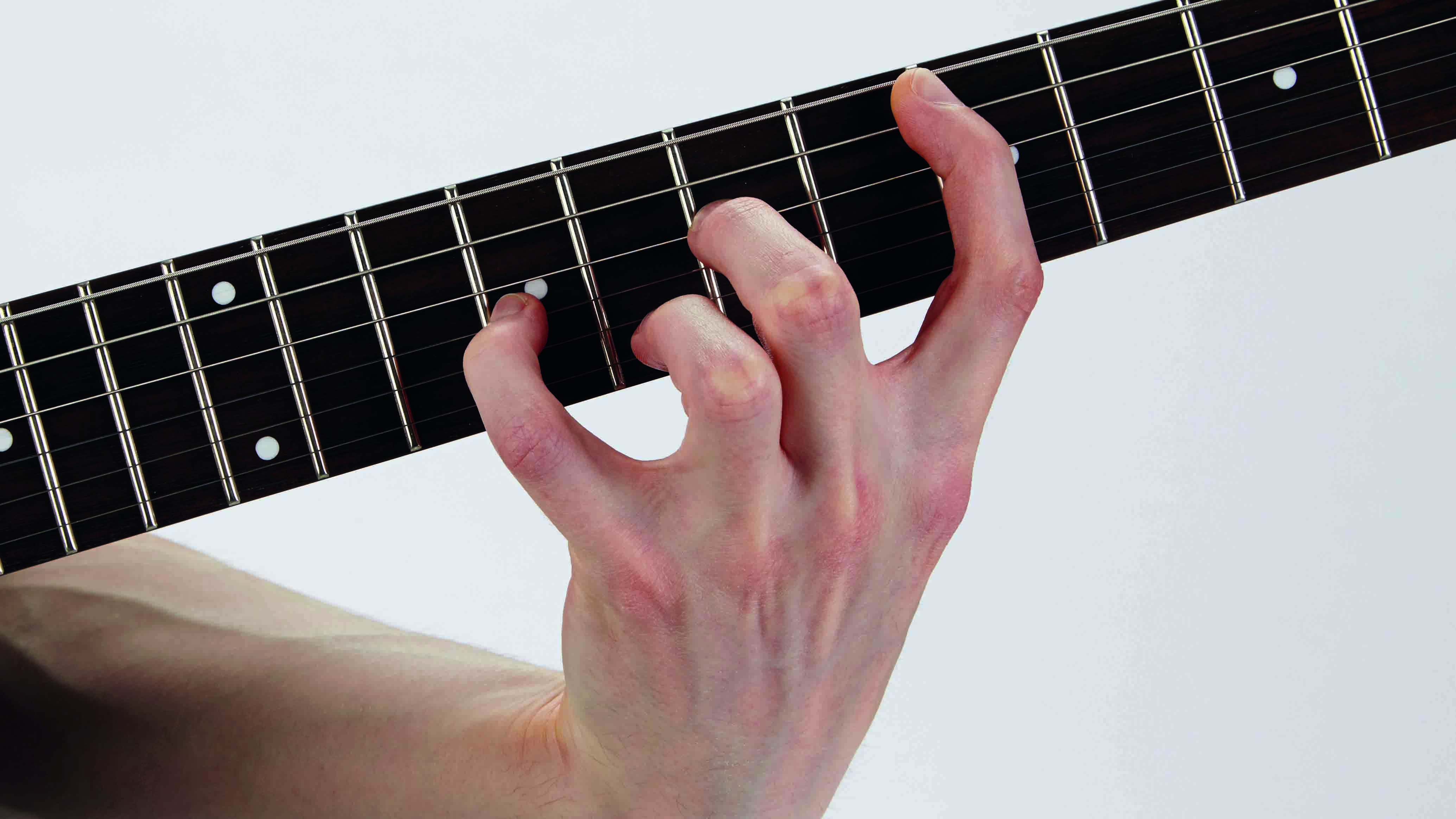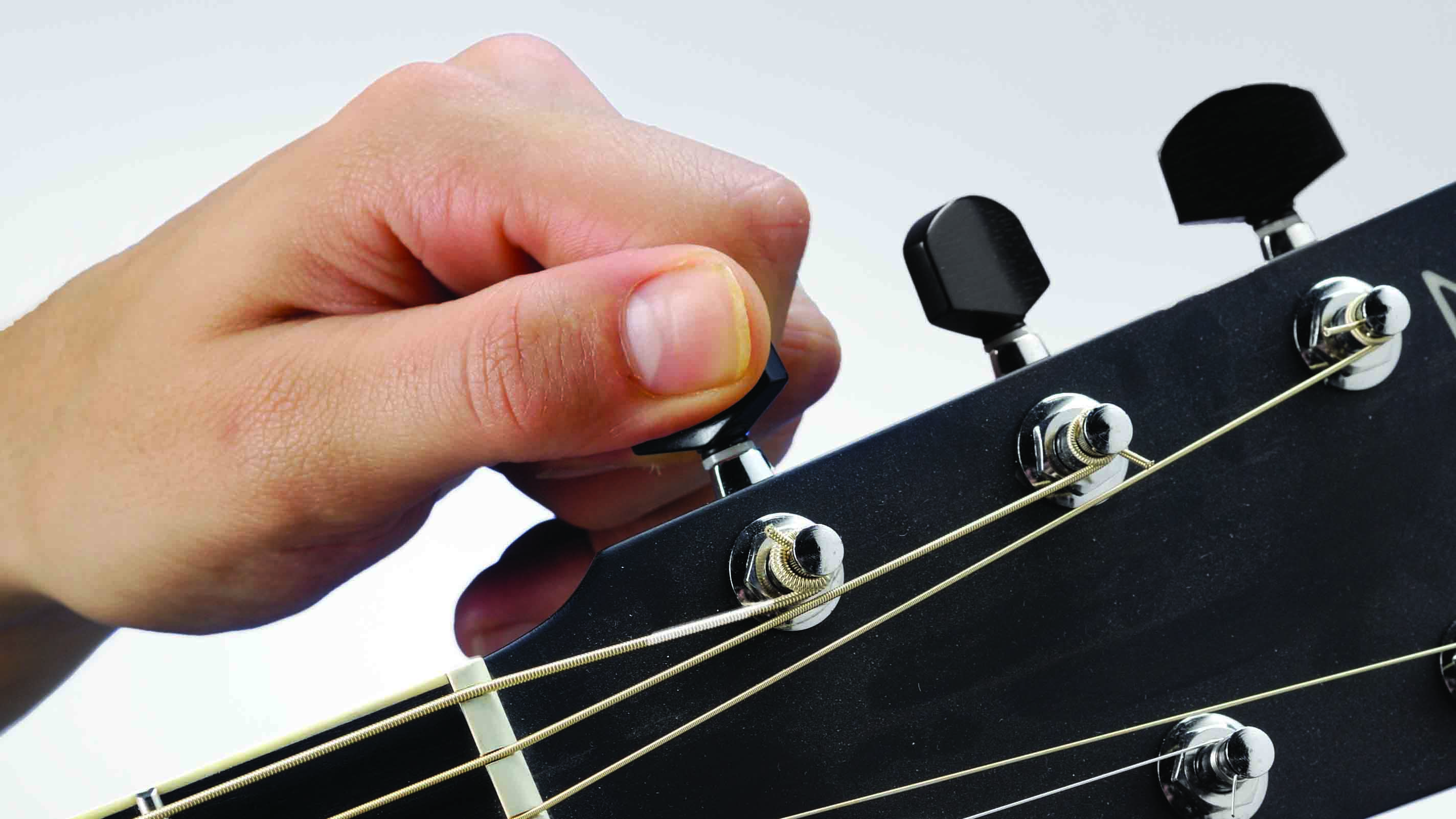Try these 4 ways to power up your guitar power chords
Simple tricks for new inspiration from popular music's most common type of chord

A power chord is nothing more than a two- or three-note chord, and they get their name from their punchy sound. Check out our quartet of quick tips to get yours recharged today.
1. Turn it upside down

For a different take on the basic power chord shape, try ditching the root note and playing the 5th interval as the lowest note instead.
You still need to play the root note, but it should be higher pitched than the 5th. This gives you a slightly thinner sound than the three-string voicing, but the benefit is that you can play the shape with just one finger, which makes for easy improvising.
2. Add A♭2ND OR A♭5TH

Power chords sound solid, steady and, err, powerful thanks to the root note and the 5th being in ‘perfect’ harmony. You can adapt this safe-sounding chord and generate some nastier thrash metal-style dissonance by alternating the root note with a b2nd (a semitone higher than the root note).
So, for example, with a G5 power chord you’d end up playing G5/G# (a G5 over a G# root note). Alternate the 5th note with a b5th (a semitone lower than the 5th interval) for a nice variation on the theme.
3. Add9

You’d better get that pesky, unruly pinky finger of yours in good shape quick sharp because you’ll need it here. You’re adding another note to the power chord formula this time around.
First of all you have your root note and second note two frets up from that as before; but now you’re going to add a third two frets up again on the G string.
Want all the hottest music and gear news, reviews, deals, features and more, direct to your inbox? Sign up here.
This may seem like an awkward shape at first (practice by playing The Police’s Message In A Bottle – it’s all Add9 chords) but it’s worth it because it adds a majestic dimension to your riffs and rhythms.
4. Detune

The rise of progressive metal has seen guitarists hitting new lows in terms of the pitch they’re playing on seven- and eight-string guitars.
Power chords played on these guitars sound totally different to a standard tuned six-string. Even if you don’t own a guitar with an extra string, there’s nothing to stop you down-tuning your six string to B standard (B E A D F# B) for some serious low-end. If you want to go as low as an eight-string, you’ll need heavier gauge strings so you can tune to F# B E A C# F#.
MusicRadar is the number one website for music-makers of all kinds, be they guitarists, drummers, keyboard players, DJs or producers...
- GEAR: We help musicians find the best gear with top-ranking gear round-ups and high-quality, authoritative reviews by a wide team of highly experienced experts.
- TIPS: We also provide tuition, from bite-sized tips to advanced work-outs and guidance from recognised musicians and stars.
- STARS: We talk to musicians and stars about their creative processes, and the nuts and bolts of their gear and technique. We give fans an insight into the craft of music-making that no other music website can.
